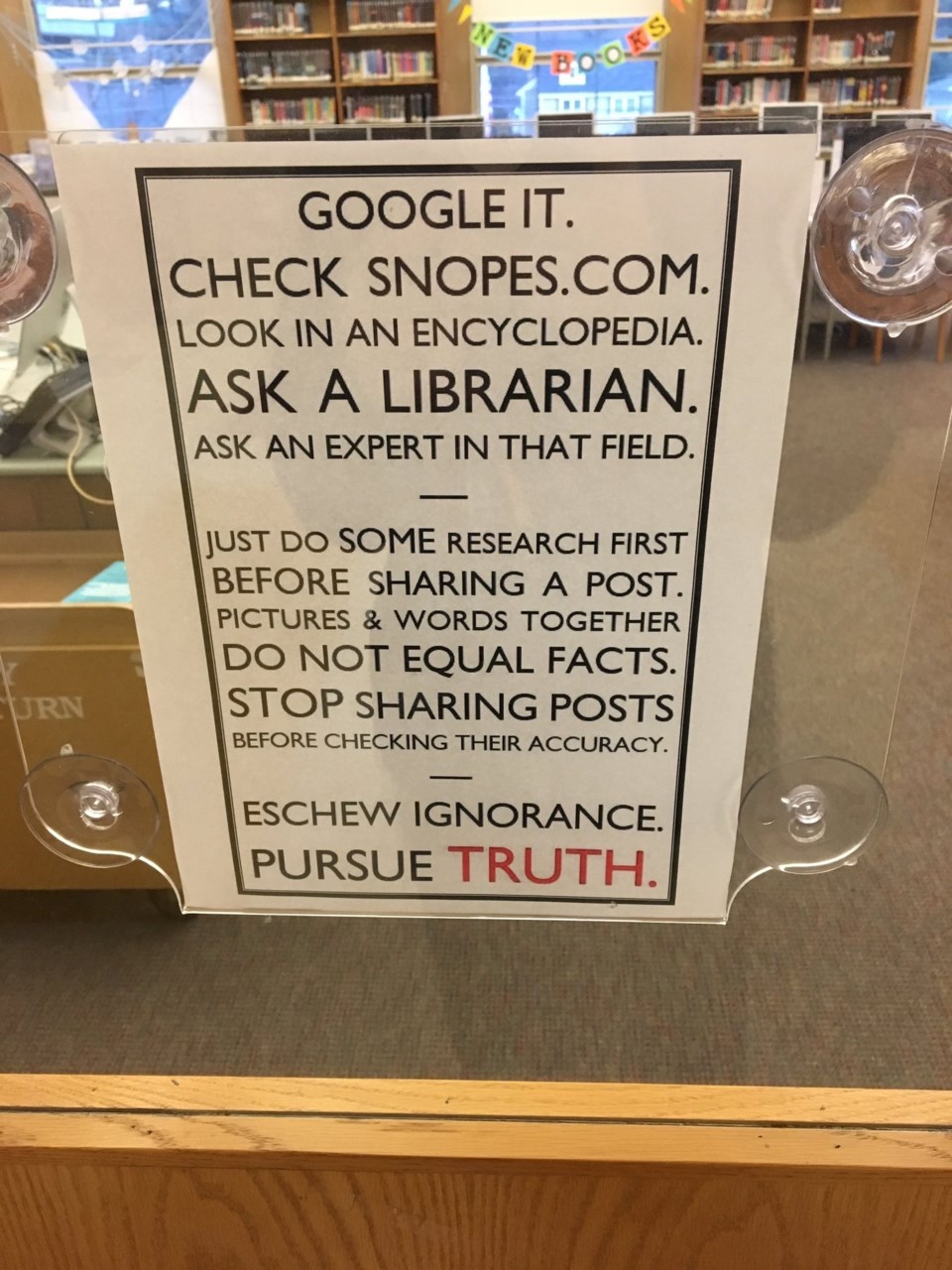Facts have taken a real beating over the last few years. In fact, the lack of facts is what has led to some big names discrediting journalists as Fake News. News is real, facts are real, Fake News is the work of those who’d like to keep you misinformed and angry. Twitter helps them.
Don’t get mad, go find the facts.
Full disclosure: I use Twitter a lot. I wake up and go in search of my news from various, “blue checkmark verified,” major sources. International, national and local news organizations — then I head to TV, news talk radio, and Google.
If you’re not careful, it’s fascinating how quickly you can go from facts to folly. Because when it comes to Fake News, Twitter Rules.
Twitter needs rules beyond the obvious: don’t retweet your own tweet, don’t feed the trolls, don’t hijack someone’s post with your drama, try and keep the language clean, don’t tweet while intoxicated, etc.
For many, Twitter is a great resource; for example, it has become how some politicians communicate with one another, and their base. For some citizens, it’s the only source for news – and that poses a problem.
Twitter is 240 characters of information, or misinformation. I’ve lost count of the number of debates started by the latter. “Headline only” readers, those who retweet without reading; you know the type: certain they are informed…but aren’t.
Often, they agree with the headline and hit retweet never having actually read the content.
Just because it’s on this global platform does not mean it is, in fact, fact.
You need only look to the daily posts by the current president to know that sometimes, Twitter is used to communicate with those who never, ever, fact check.
Don’t be one of those twerps. Fact check. Snopes.com – a site exclusively devoted to fact-checking rumours, myths, and the news – is my friend, and should be yours too.
Twitter is the News Stand of 2018. Where you get the sometimes-screaming headlines. Where one might peruse, and consume, based on interests or point-of-view rather than read a paper, front-to-back. The lost art of reading random stories from many different perspectives.
Newsrooms go through a strict vetting process. Twitter does not. The vetting falls to us, the reader.
Unfortunately, that all too frequently falls by the wayside.
One step beyond this is the attempt at correction on Twitter. That can quickly turn into a fight. Users are increasingly crass and condescending, making for a world where fact correction turns into a throwdown.
When the battles heat up, it’s an acrimonious slippery slope. Folks take sides and defend at all cost, often hurling insults that would rarely be uttered face-to-face.
Sometimes there is the ultimate pushback: The Block. That, too, can start a fight, even though the instigator no longer sees the slam tweets. There are entire offshoot viral threads created around who’s blocked who. It’s wild to watch, and yet at the root it’s a complete distraction from the basic idea behind Twitter: communication.
I recently discovered “mute conversation” after my feed was hijacked by a few folks deeply entrenched in battle. Between them they had 150 followers, but by tagging me their reach was far wider. Muting the conversation – one specific thread, not the users – not only made my timeline a saner place, but reduces their reach.
Knowing when to engage and when to step back is important. As it continues to grow, Twitter needs to find a place for decency. Every now and then we should all turn away from Twitter and search out some facts. Lesson: “Pictures and words together don’t equal facts”.
I’m adding a rule to Twitter today: Stop sharing posts without checking their accuracy.
Jody Vance is a born and raised Vancouverite who has spent 30 years in both local and national media. The first woman in the history of Canadian TV to host her own sports show in primetime, since 2011 she’s been working in both TV and radio covering news and current affairs.



